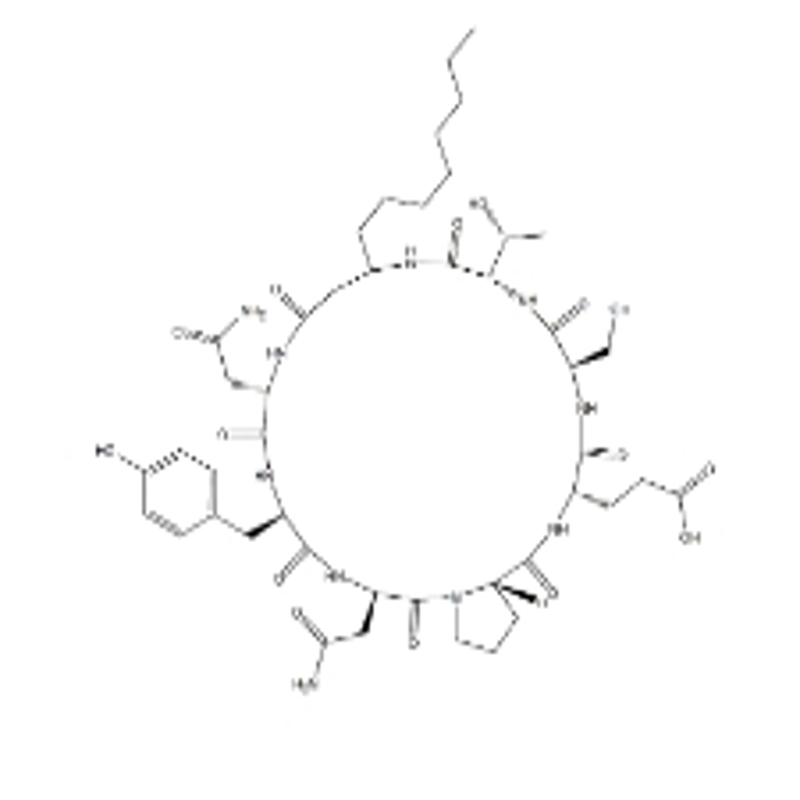-
Categories
-
Pharmaceutical Intermediates
-
Active Pharmaceutical Ingredients
-
Food Additives
- Industrial Coatings
- Agrochemicals
- Dyes and Pigments
- Surfactant
- Flavors and Fragrances
- Chemical Reagents
- Catalyst and Auxiliary
- Natural Products
- Inorganic Chemistry
-
Organic Chemistry
-
Biochemical Engineering
- Analytical Chemistry
-
Cosmetic Ingredient
- Water Treatment Chemical
-
Pharmaceutical Intermediates
Promotion
ECHEMI Mall
Wholesale
Weekly Price
Exhibition
News
-
Trade Service
Recently, the research group of Assistant Professor Han Guan of Nanjing Normal University published a research paper titled "Molecular fossils illuminate the evolution of retroviruses following a macroevolutionary transition from land to water" in the authoritative journal PLOS Pathogens in the field of microbiology.
Research progress in diversity and evolution
.
In the course of evolution, vertebrates have undergone frequent changes in their living environment.
The most typical example is that the ancestors of cetaceans returned from terrestrial environments to aquatic environments 50 million years ago
.
In order to adapt to the secondary aquatic environment, cetaceans have evolved a series of new morphological and behavioral characteristics, such as streamlined bodies, echolocation, filter feeding, and loss of hind limbs, body hair, and sweat glands
.
Among mammals, cetaceans are closely related to artiodactyls, and hippodidae of artiodactyla is a sister group of cetaceans
.
Cetaceans can be further divided into toothed whales and baleen whales
.
Many viruses are currently known to infect cetaceans, but it is not clear how these viruses that infect cetaceans originate and how they evolve from land to aquatic
.
Retroviruses can infect germ cells occasionally, and retroviruses integrated into the germ cell genome can be passed from parent to offspring to form endogenous retroviruses
.
Endogenous retroviruses record the history of retrovirus infections that have occurred in the past, and provide an important "molecular fossil" for studying the evolutionary history of retroviruses.
.
The research team of Assistant Professor Han Guan used the method of phylogenetic genomics to find 8724 endogenous retroviruses in the genomes of 25 species of cetaceans.
Phylogenetic analysis showed that these endogenous retroviruses can cluster into 315 branches.
Each branch represents an independent endogenous event
.
Further analysis showed that 298 of the retroviral lineages originated before the transition from terrestrial to aquatic.
The vast majority of these endogenous retroviruses are moving toward a "dead end" of evolution, and the number of copies in the cetacean genome is low ( Usually there is only one copy)
.
The 17 virus lineages originated after the differentiation of Toothwhales and Baleen Whales, indicating that after cetaceans adapt to the aquatic environment, many retroviruses that infect non-cetaceous mammals spread across hosts to infect Toothwhales or Baleen whales Item
.
Analysis of integration time and genome collinearity also shows that these endogenous viruses have recently or are being amplified in the cetacean genome, and some of them can have hundreds of copies in a species
.
Although cetaceans and fish have long overlapped habitats, there is no evidence that fish retroviruses can infect cetaceans
.
Figure 1.
A panoramic view of the evolution of cetacean retroviruses.
At present, dozens of viruses have been isolated from cetaceans.
Since there are few studies on virus diversity in cetaceans and wild animals, it is difficult to study how these viruses are in cetaceans.
Origin and how the cetaceans evolved from terrestrial to aquatic
.
Endogenous retroviruses provide an important model for answering these questions.
This research provides a new perspective for understanding the complex evolution of viruses in cetaceans from terrestrial to aquatic processes
.
Related research was published in PLOS Pathogens, an authoritative journal of advanced microbiology.
Master student Jialu Zheng is the first author, and Assistant Professor Han Guan is the corresponding author
.
Related research is supported by the National Natural Science Foundation of China
.
Original link: https://doi.
org/10.
1371/journal.
ppat.
1009730 2020 hot articles selection 1.
Cup! A full paper cup of hot coffee, full of plastic particles.
.
.
2.
Scientists from the United States, Britain and Australia “Natural Medicine” further prove that the new coronavirus is a natural evolution product, or has two origins.
.
.
3.
NEJM: Intermittent fasting is right The impact of health, aging and disease 4.
Heal insomnia within one year! The study found that: to improve sleep, you may only need a heavy blanket.
5.
New Harvard study: Only 12 minutes of vigorous exercise can bring huge metabolic benefits to health.
6.
The first human intervention experiment: in nature.
"Feeling and rolling" for 28 days is enough to improve immunity.
7.
Junk food is "real rubbish"! It takes away telomere length and makes people grow old faster! 8.
Cell puzzle: you can really die if you don't sleep! But the lethal changes do not occur in the brain, but in the intestines.
.
.
9.
The super large-scale study of "Nature Communications": The level of iron in the blood is the key to health and aging! 10.
Unbelievable! Scientists reversed the "permanent" brain damage in animals overnight, and restored the old brain to a young state.
.
.







